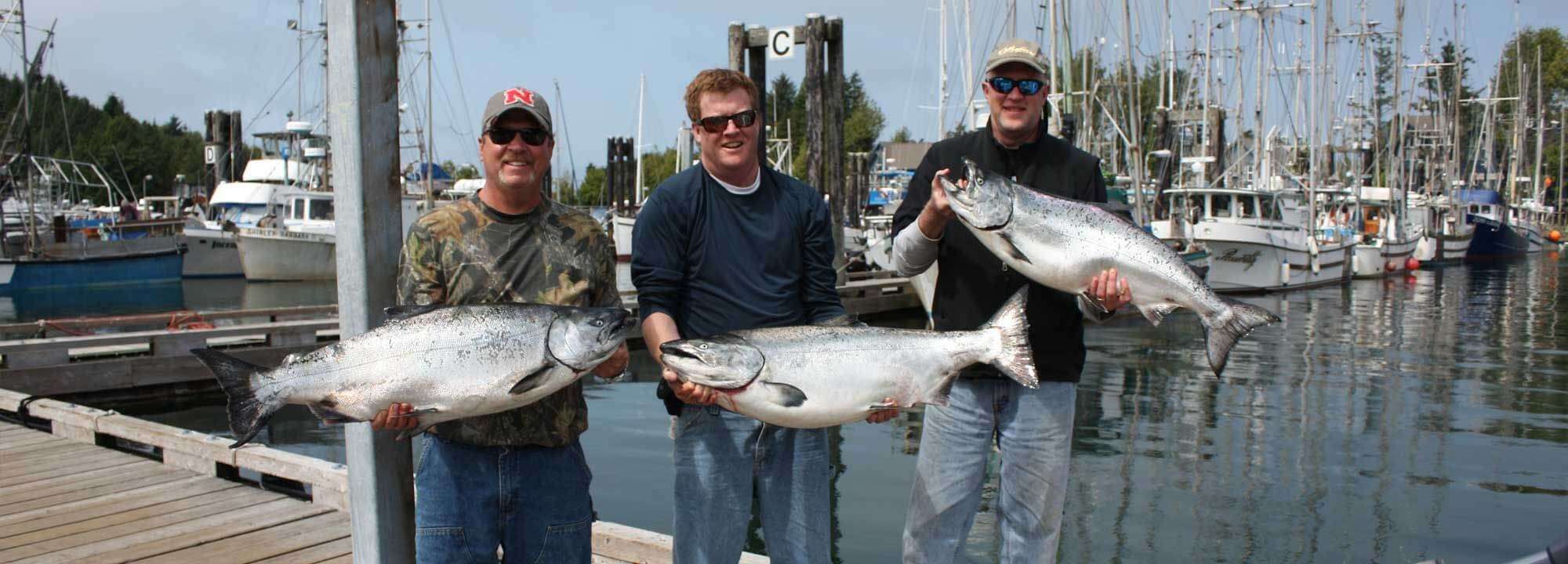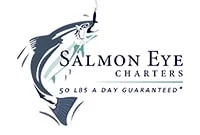
Gallery
Recent Posts
KMSpico Download ➤…
KMSpico download ➔ Activate Microsoft…
Online Games with…
Online games with free spins…
MAY 3 FISHING…
The best Chinook fishing has…
FISHING REPORT APRIL…
The best Chinook fishing has…
Latest News
Get your spot reserved as soon as possible!
This is a private mailing list and will never be sold or given away for any reason. You can unsubscribe at any time.
Ucluelet Fishing vs Alaska
The term “Salmon Enhancement” is used to describe many different actions taken by people with the general intent of increasing the number of wild salmon in the ocean. These actions can range from undertaking research, to directly assisting salmon during their reproductive, or spawning stage. In between there are many other things that people can do to help salmon. Depending on where you live, you might have a salmon bearing stream running right through your neighborhood!  Firstly, in order to guide actions, there has to be knowledge available of what needs to be done and how to do it. This scientific element of salmon enhancement is taken care of by many different salmon enhancement and volunteer groups, as well as individuals, and is always happening. The scientific method starts with a question, and many times when all the data is collected from the field and looked at you end up with more questions to be answered! Over the years there has been a great deal of research conducted relating to salmon reproduction, how they grow and move, and how they survive to become spawning adults. Using this knowledge, hatchery workers and volunteers are able to choose the best way to help these particularly special fish.
Firstly, in order to guide actions, there has to be knowledge available of what needs to be done and how to do it. This scientific element of salmon enhancement is taken care of by many different salmon enhancement and volunteer groups, as well as individuals, and is always happening. The scientific method starts with a question, and many times when all the data is collected from the field and looked at you end up with more questions to be answered! Over the years there has been a great deal of research conducted relating to salmon reproduction, how they grow and move, and how they survive to become spawning adults. Using this knowledge, hatchery workers and volunteers are able to choose the best way to help these particularly special fish. The salmon lifecycle starts in freshwater rivers and streams as an egg laid by parents who have returned from the ocean. Once the egg hatches out it is called an alevin, and as it grows it becomes a fry. When the salmon fry has grown large enough in the river to be ready to return to the sea it is called a smolt. The juvenile salmon enters the ocean and grows over a number of years into an adult, at which time it will start to develop its reproductive organs and prepare to return to the river of its birth in order to spawn.
The salmon lifecycle starts in freshwater rivers and streams as an egg laid by parents who have returned from the ocean. Once the egg hatches out it is called an alevin, and as it grows it becomes a fry. When the salmon fry has grown large enough in the river to be ready to return to the sea it is called a smolt. The juvenile salmon enters the ocean and grows over a number of years into an adult, at which time it will start to develop its reproductive organs and prepare to return to the river of its birth in order to spawn.
One of the best ways to help salmon repopulate areas where they have been impacted by human activity is to make sure they have a good place to return to when they are ready to spawn – this is their habitat. This is done in a variety of ways, but is based around the idea that salmon need clean, fresh water to swim in, and good substrate (gravel, or small rocks) to lay their eggs in. There are a number of different species of salmon, and they all use different types of substrates to lay their eggs. Different species can often use different parts of the same river or creek, but sometimes certain species are only found in one river or another due to the amount of water flow, or the slope of the riverbed as it comes down the mountain.
 Working on habitat can be the most valuable from of help for salmon, but it can also be the hardest to do from a practical standpoint. Many rivers are not easily accessible, and some have had extensive damage done by historical human activity – All of these elements combine to put pressure on the “optimal” conditions for salmon spawning. Significant effort is needed to make changes in how the river flows and what types of habitats it creates, and often there is heavy machinery required and a lot of cost involved. There are ways to make existing habitat better by adding gravel in certain spots, or moving logs around, but sometimes more difficult measures are needed.
Working on habitat can be the most valuable from of help for salmon, but it can also be the hardest to do from a practical standpoint. Many rivers are not easily accessible, and some have had extensive damage done by historical human activity – All of these elements combine to put pressure on the “optimal” conditions for salmon spawning. Significant effort is needed to make changes in how the river flows and what types of habitats it creates, and often there is heavy machinery required and a lot of cost involved. There are ways to make existing habitat better by adding gravel in certain spots, or moving logs around, but sometimes more difficult measures are needed.
If the habitat available for salmon in a given river system is shown to be productive, then the next type of action would be to go in and capture spawning fish, or brood stock, with the intent of intervening in the natural process in a hatchery to achieve a higher level of success. When salmon spawn naturally the female will use her tail to build a nest, or redd, out of gravel in the riverbed. This redd will act as a bowl to catch the eggs that she lays in the current, and those eggs will then fall into the cracks between the rocks and be protected from predators and disturbance. The male salmon will keep very close to the female, chasing off other males, and wait until the time is right to express his sperm, or milt, into the water just in front of the eggs as they fall into the redd. As you can imagine, the timing has to be just perfect for this, and many of the eggs do not get fertilized or fall into the protection of the gravel. By taking both the male and female salmon out of the river and collecting the eggs and milt, we are able to then combine the two in the protection of the hatchery and ensure that far more eggs will later hatch into alevin.  While the process itself may be relatively straightforward, there are numerous challenges when it comes to collecting brood stock and rearing the eggs in a hatchery. Many facilities will build a dam, or fence, which makes it easier to collect the salmon that return every year. These types of hatcheries can collect large numbers of eggs and in turn release lots and lots of salmon back out into the wild. For other hatcheries there might not be the ability to build anything to help, and they have to use nets to catch the fish – the same is true for collecting brood stock from rivers out in the field, as many salmon stocks that need help are found in faraway systems.
While the process itself may be relatively straightforward, there are numerous challenges when it comes to collecting brood stock and rearing the eggs in a hatchery. Many facilities will build a dam, or fence, which makes it easier to collect the salmon that return every year. These types of hatcheries can collect large numbers of eggs and in turn release lots and lots of salmon back out into the wild. For other hatcheries there might not be the ability to build anything to help, and they have to use nets to catch the fish – the same is true for collecting brood stock from rivers out in the field, as many salmon stocks that need help are found in faraway systems.
Not all salmon bearing streams are found out in the wilderness, as many can be found within the limits of your city or town. Quite a few creeks that flow through neighborhoods can be habitat for salmon, and it is important to make sure that they are kept free of pollution and other harmful things that could interfere with the ability of the salmon to lay their eggs.
If you combine all of these activities you get “Salmon Enhancement”, and as we proceed with our series, we will look more closely at all the different parts of the science and practical elements of how we help to rebuild and sustain salmon populations.
Until next time – James
James Costello is a fishing guide with Salmon Eye Charters and also works at the Thornton Creek hatchery in Ucluelet BC. In the fall you will find him taking a few well measured risks by swimming area rivers with strong currents in order to count runs and collect salmon for the hatchery. When not working he can often be found volunteering his time in conservation related activities.
Salmon enhancement is a one of his strong passions and he is hoping you get more of an understanding into what happens away from public view to keep salmon numbers strong.


